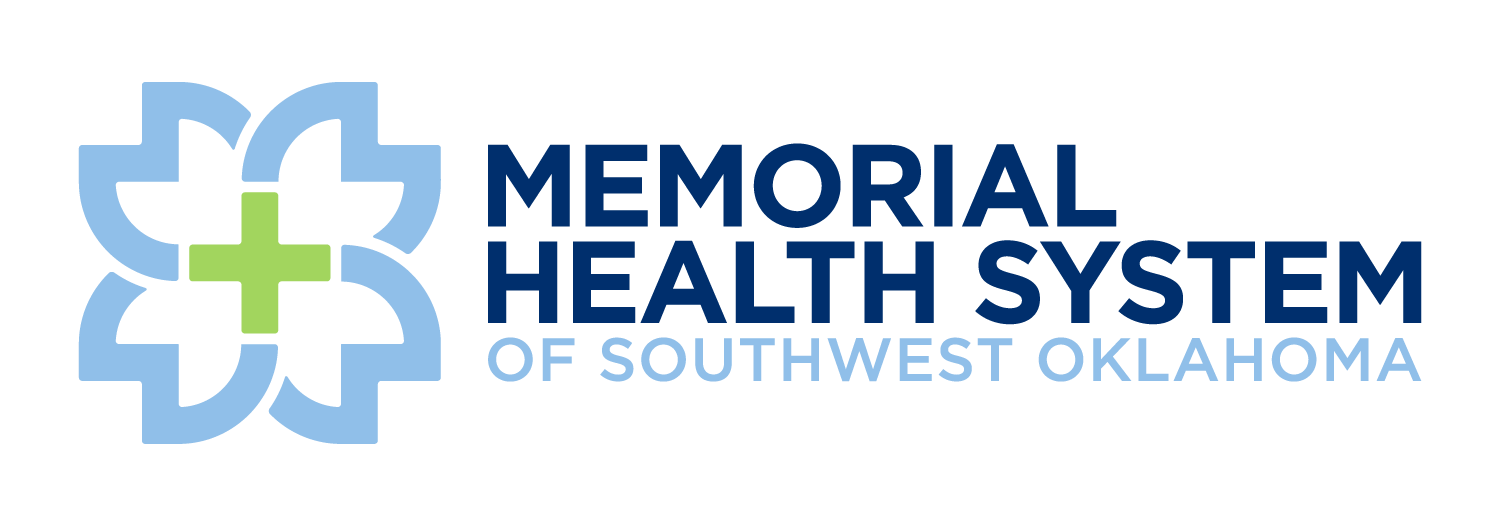April is Child Abuse Prevention Month. Unfortunately, child abuse remains a common problem in our society. The Oklahoma State Department of Health reported that 15,289 children were victims of abuse and neglect in 2017. 1 This number is double the amount of cases since 2010. It also represents approximately 16% of children in our state. The Oklahoma State Department of Health labels the majority of abuse cases in Oklahoma as “neglect.”
It is difficult to determine if the number of cases are increasing or people are more likely to report abuse than in recent years. However, if you suspect a child is being abused, you are legally obligated to report it in Oklahoma.
There are more than physical problems that can result from abuse. Emotional effects can be long lasting, affecting someone throughout their lifetime. This also sometimes leads to generational patterns of abuse. Putting an end to a cycle of abuse can save more than one child from these negative consequences. It may also save generations to come.
Although some children heroically overcome abuse to lead normal, successful lives, others do not. Abused children are more likely to suffer from substance abuse, post-traumatic stress disorder, depression, and also anxiety. 2
Researchers focus on the changes that take place in the brain as a result of abuse as well. Sadly, adults who experienced severe abuse as children show critically impaired neural connections in the brain. Parts of the brain associated with the regulation of attention, emotion, and other cognitive processes suffer.
Effects on white matter
White matter is made up of myelinated axons. Axons are the projections of nerve cells that allow electrical impulses to carry information. Myelin is the “coating” that sheaths these tracts. Myelin helps information travel faster, increasing the efficiency of the brain.
So, to put it simply, white matter in the brain works as the brain’s subway system. Therefore, just as missing railway can cause serious problems in the ability of a subway car to travel, missing white matter affects the brain’s ability to process information.
The structure and amount of white matter correlate with an individual’s ability to learn. The white matter continues to develop throughout early adulthood.
Myelination of axons decreased
Researchers conducted a fascinating study in Canada examining the brains of those lost to suicide. The researchers created three groups: those who experienced severe abuse as children, those with a depression diagnosis and no known history of abuse, and those with no known history of abuse or mental illness.
The results shows that those who experienced abuse as children had thinner myelin coating in a larger amount of nerve fibers. Consequently, this was not true for the other two groups. 2
The researchers also noted abnormal molecular level development which impacted the cells maintenance and production of myelin.
Connectivity issues in the brain
The research team also discovered that some of the largest axons affected were unusually thick. Furthermore, they concluded that these differences may all negatively affect the connectivity between the anterior cingulate cortex. This is a region of the brain which processes cognitive functioning and emotions.
The affected region also includes the nucleus accumbens. The nucleus accumbens is involved with the brain’s reward system. It helps us know when to anticipate pleasure. This may explain why people who underwent child abuse process emotions differently. They were more exposed to substance abuse and negative mental health outcomes.
The researchers’ conclusion is that experiencing abuse in early life could cause lasting connectivity issues between important parts of the brain involved in processing our emotions. However, further research could more clearly define the full effect of childhood trauma on the brain.
Nevertheless, never underestimate the effect you can have on a child’s life. Meeting a child’s basic needs, and loving and caring for him can put him on a path to a successful life!
If you expect someone you know is abusing a child, reach out to the Oklahoma Child Abuse Hotline at 1-800-522-3511.
Sources
1 Meg Winterger. The Oklahoman. Oklahoma has new plan to bring down high rates of child abuse, neglect. 2 Dec. 2018.
2 Pierre-Eric Lutz , M.D., Ph.D., Arnaud Tanti , Ph.D., Alicja Gasecka , Ph.D., et al. The American Journal of Psychiatry. Association of a History of Child Abuse With Impaired Myelination in the Anterior Cingulate Cortex: Convergent Epigenetic, Transcriptional, and Morphological Evidence. 28 Jul. 2017.
Disclaimer
The Comanche County Memorial Hospital website does not provide specific medical advice for individual cases. Comanche County Memorial Hospital does not endorse any medical or professional services obtained through information provided on this site, articles on the site or any links on this site.
Use of the information obtained by the Comanche County Memorial Hospital website does not replace medical advice given by a qualified medical provider to meet the medical needs of our readers or others.
While content is frequently updated, medical information changes quickly. Information may be out of date, and/or contain inaccuracies or typographical errors. For questions or concerns, please contact us at contact@ccmhhealth.com.

